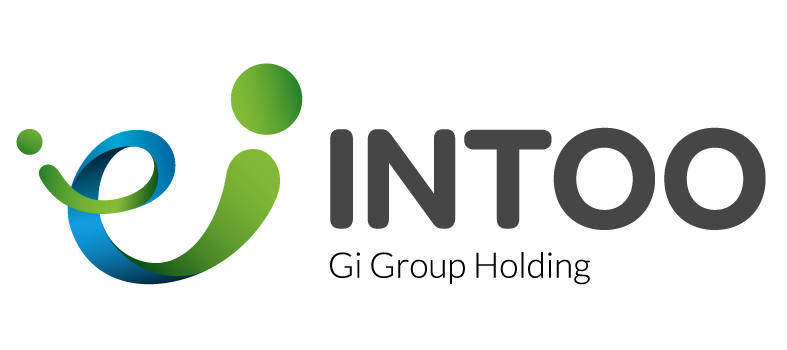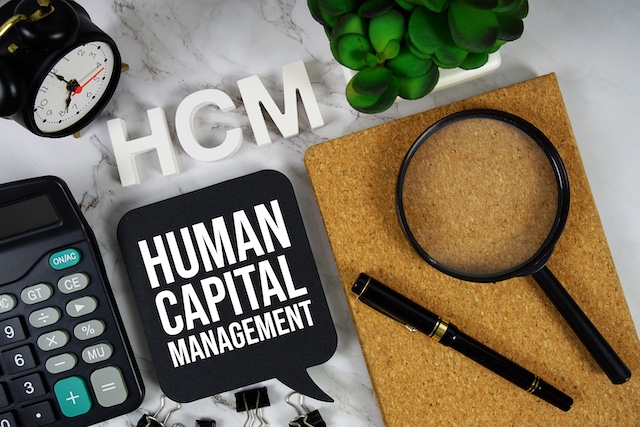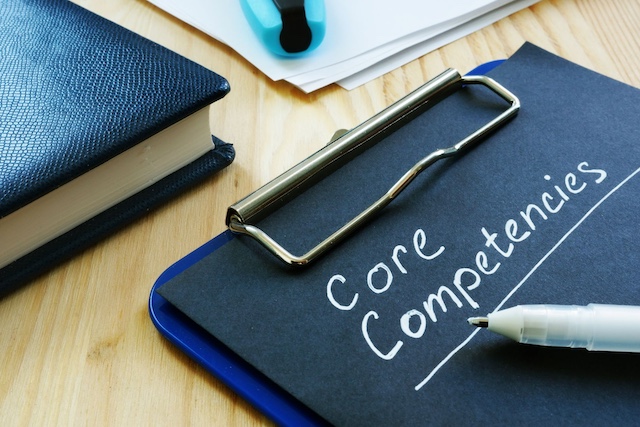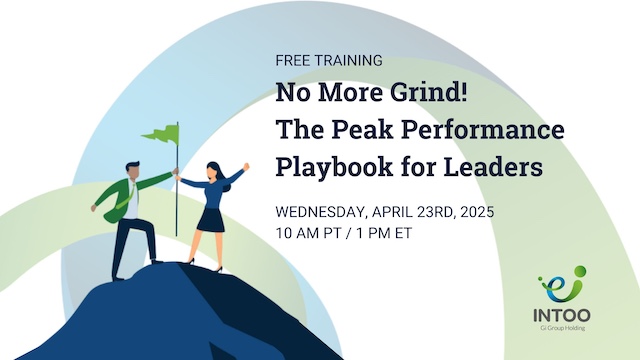As we move further into 2025, human capital management (HCM) continues to evolve in response to technological advancements, shifting workforce expectations, and an increased focus on employee well-being.
Organizations are rethinking how they attract, develop, and retain talent in a world shaped by hybrid work models, AI integration, and growing competition. In this article, we’ll explore the key trends transforming HCM, the tools and strategies companies are using to stay ahead, and how businesses can effectively manage their most valuable asset—their people. Whether you’re an HR professional or a business leader, understanding where HCM is headed will be crucial to building a resilient, future-ready workforce.
Why Is Effective Human Capital Management Important for Your Business?
Human capital management (HCM) is the strategic approach a company takes to effectively recruit, develop, manage, and retain its workforce. It goes beyond basic HR functions by focusing on maximizing the value of employees through thoughtful planning, data-driven decision-making, and a deep understanding of what motivates people at work. When implemented effectively, HCM helps create a culture of engagement, productivity, and loyalty—essential elements for any successful business.
A strong HCM strategy empowers leaders and HR professionals to align talent with business goals, improve performance, and respond to workforce challenges with agility. This involves everything from onboarding and training to performance reviews and succession planning. However, managing people isn’t just about processes and systems—it’s about understanding the human side of work. Employees are more than resources; they are individuals with goals, emotions, and potential, and so an effective HCM takes this into account.
Leaders must foster environments that support growth, well-being, and a sense of purpose. Offering incentives like career development programs, mentorship opportunities, and clear advancement paths keeps employees invested and motivated. These initiatives not only increase retention and organizational resiliency, but also drive innovation and company-wide success.
Ultimately, businesses that embrace a comprehensive, people-first HCM strategy are better equipped to attract top talent, adapt to change, and maintain a competitive edge in today’s fast-paced environment.
5 Areas Where Human Capital Management Can Help Your Business
Human capital management plays a crucial role in driving organizational success by aligning people strategies with business goals. Here are five key areas where effective HCM can positively impact your business:
1. Optimizing talent utilization
HCM enables businesses to gain a deeper understanding of the skills, strengths, and potential of their workforce. Through performance tracking, skills assessments, and strategic workforce planning, companies can place the right people in the right roles. This leads to higher productivity, fewer gaps in capabilities, and more efficient use of resources across departments.
2. Supporting business growth
As organizations expand, so do their talent needs. A strong HCM framework ensures scalability by streamlining recruitment, onboarding, and training processes. With the right tools and strategies in place, HR teams can quickly adapt to changes in workforce demand and help the business grow sustainably, without compromising quality or employee experience.
3. Enhancing employee engagement and morale
Employees who feel valued and supported are more likely to be engaged in their work. HCM initiatives, such as career development, feedback systems, wellness programs, and recognition platforms, foster a positive work environment. This improves morale while reducing turnover and absenteeism, creating a more stable and motivated workforce.
4. Driving better decision-making
Modern HCM systems provide valuable data and insights about performance, employee retention trends, and workforce satisfaction. Leaders can use this information to make informed decisions about promotions, restructuring, compensation, and more. Data-driven HR management reduces guesswork and aligns workforce strategies with company objectives.
5. Strengthening company culture and retention
A well-executed HCM strategy reinforces a company’s values and culture. It creates an environment where employees understand the mission, feel a sense of belonging, and are motivated to contribute. When paired with clear career paths and internal mobility opportunities, this strengthens loyalty and significantly improves retention rates.

How to Develop an HCM Strategy
Creating an effective human capital management strategy requires a thoughtful and structured approach that aligns your people initiatives with your broader business objectives. Below is a step-by-step process to help guide the development of a successful HCM strategy.
Step 1: Gather data about your workforce
The first step is to gather comprehensive data about your current workforce. This includes demographic information, performance metrics, turnover rates, employee satisfaction scores, and skills inventories. Understanding these details about your workforce is essential for identifying strengths, gaps, and opportunities.
Step 2: Analyze existing initiatives and outcomes
Once the data is collected, the next step is to analyze existing HR initiatives and outcomes. Review what’s working and what isn’t—from recruitment processes and training programs to performance management and retention efforts. This analysis will help pinpoint areas in need of improvement and uncover best practices worth expanding.
Step 3: Set goals
With a clear understanding of your current state, you can then set strategic employee goals. These goals should be specific, measurable, and aligned with your company’s mission and long-term objectives. Whether it’s improving employee engagement, increasing internal mobility, or reducing turnover, goal-setting provides a focused direction for your HCM efforts.
Step 4: Develop processes and implement tools
Next, begin to develop processes and implement tools to support your goals. This might involve investing in HCM software, updating job descriptions, redesigning training programs, or creating succession planning frameworks. At this stage, cross-functional collaboration is key to ensuring alignment across departments.
Step 5: Communicate the strategy
After implementation, it’s critical to communicate the strategy across the organization. Educate managers and employees on the new processes and the rationale behind them. Transparency encourages buy-in and participation, which are vital for success.
Step 6: Monitor and analyze results
Finally, consistently monitor and analyze results. Track progress toward your goals, gather feedback from employees, and adjust your strategy as needed. HCM is not a one-time initiative—it’s an ongoing effort that evolves with your business and workforce needs.
By following these steps, organizations can build a flexible, future-ready HCM strategy that supports growth, enhances employee satisfaction, and drives long-term success.
What’s the Difference Between HCM and HRMS?
While human capital management (HCM) and human resource management systems (HRMS) are often used interchangeably, they serve different purposes and are best suited for different organizational needs. HRMS typically focuses on core HR functions like payroll, benefits administration, time tracking, and personnel records. It’s a solid solution for managing day-to-day HR tasks, especially in small to mid-sized businesses.
HCM, on the other hand, is a more comprehensive and strategic approach. It includes all the features of an HRMS but goes further by incorporating advanced tools for talent management, workforce planning, employee engagement, learning and development, and detailed data analytics. HCM systems are particularly beneficial for larger organizations that require deeper insights and scalable solutions. The ability to analyze workforce trends and performance metrics makes HCM a powerful tool for aligning human resources with long-term business goals.
Final Thoughts on Human Capital Management
In today’s dynamic business environment, human capital management is more than just an HR function—it’s a strategic asset that drives performance, innovation, and long-term growth. A well-executed HCM strategy empowers organizations to effectively manage their workforce, align talent with business goals, and create a culture where employees feel valued and supported.
Balancing employee satisfaction with operational efficiency is key. When your people are motivated, engaged, and equipped with the right tools and development opportunities, they perform at their best—and that directly impacts your bottom line. Whether you’re navigating change, scaling your team, or planning for the future, investing in your workforce through smart HCM practices is essential.
INTOO can be your partner in creating a strong HCM strategy through diverse employee development programming, leadership training, and executive coaching programs. Contact us today to learn more about how we can help.











